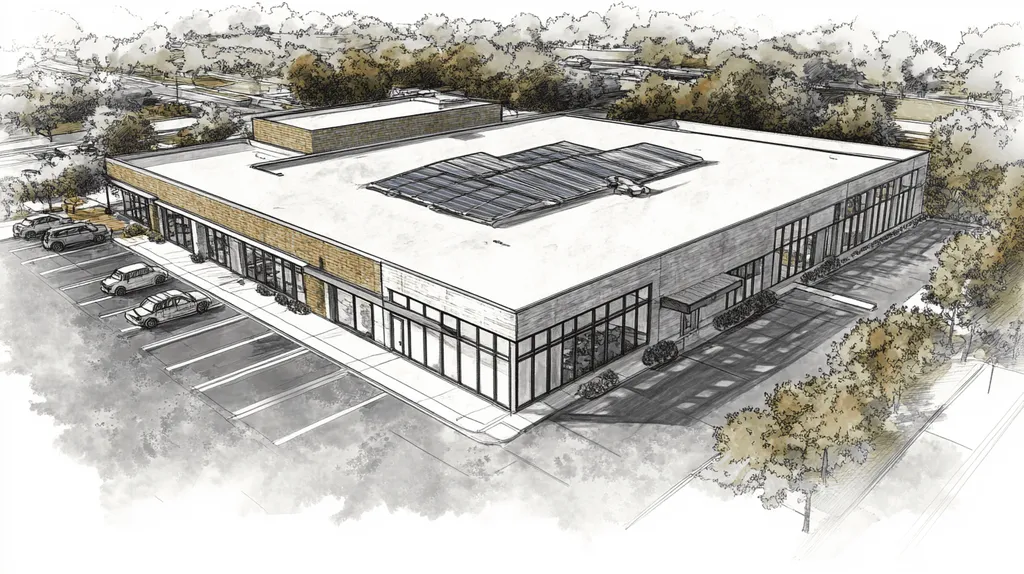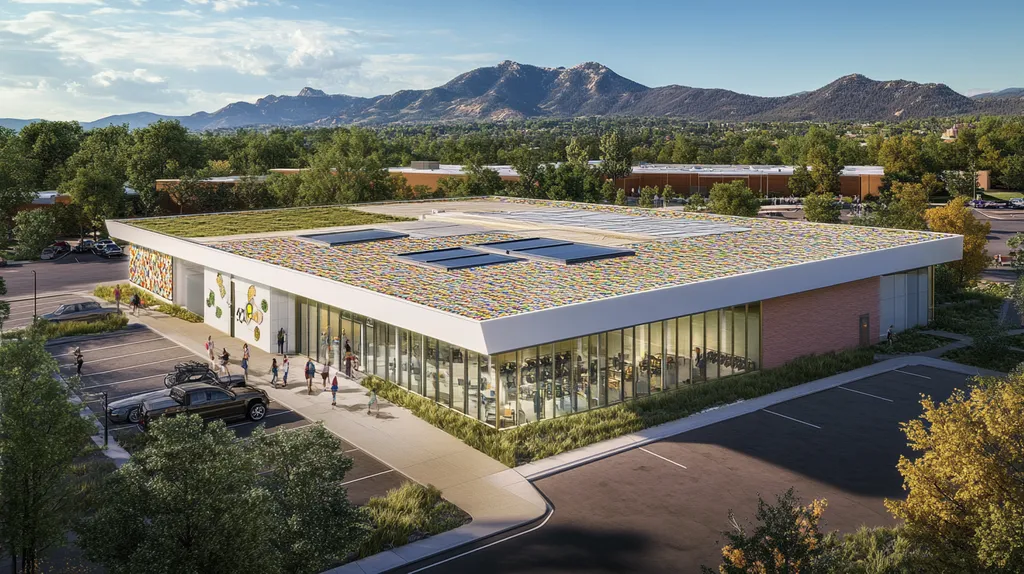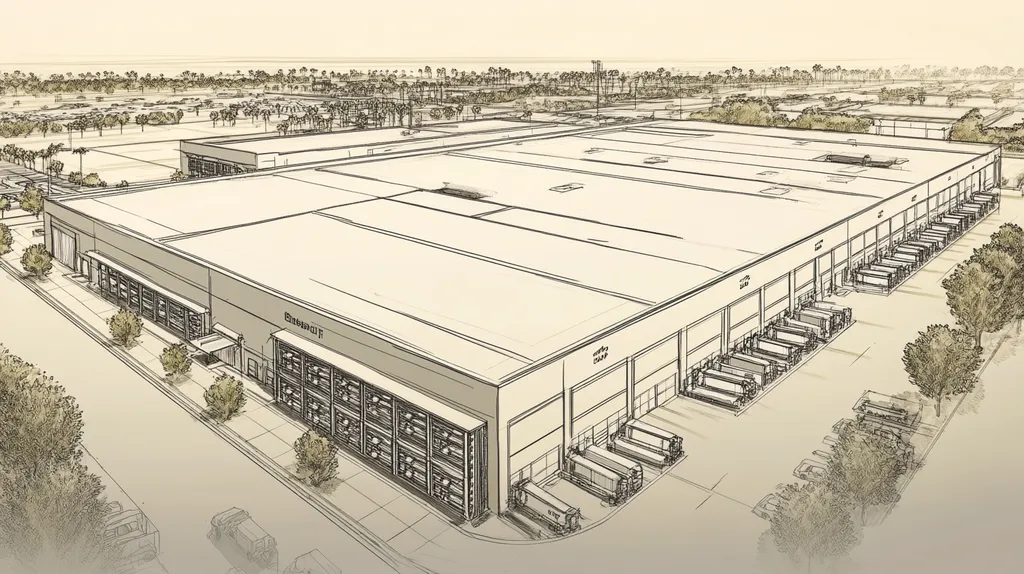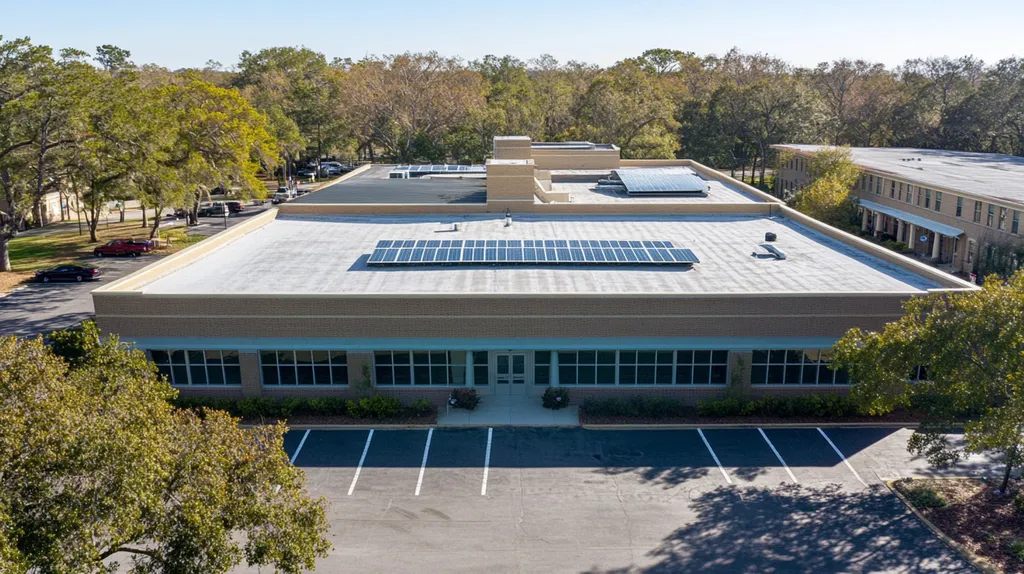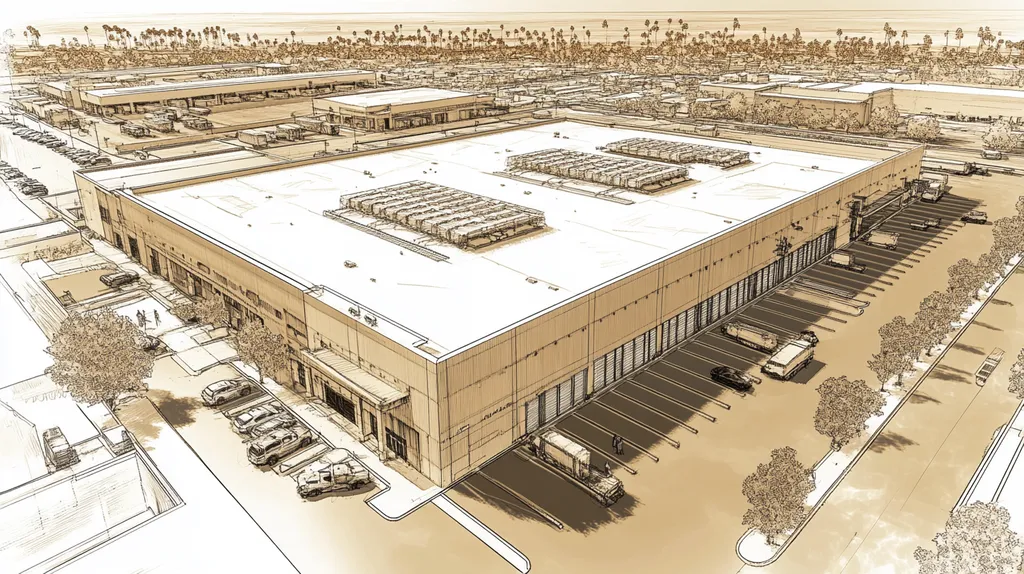Undetected moisture causes over $3.3 billion in annual damage to commercial roofing systems, with repair costs often exceeding five times the expense of early detection and intervention.
Modern moisture testing combines sophisticated technology with systematic protocols to identify potential failures before they become catastrophic. Yet studies show that 60% of commercial buildings lack comprehensive moisture monitoring programs.
This handbook provides facility managers and property owners with essential guidance on moisture testing methods, equipment selection, implementation strategies, and optimization techniques that can extend roof life by up to 25% while dramatically reducing emergency repair expenses.
SECTION 1: FUNDAMENTAL CONCEPTS
Moisture infiltration represents the leading cause of premature roof system failure in commercial buildings, with repair costs often exceeding initial installation expenses. Understanding moisture behavior and testing methodologies is crucial for protecting these substantial investments. Without proper moisture detection and management, even minor water intrusion can cascade into major structural issues, impacting business operations and safety.
Understanding Water Migration in Roof Assemblies
Water migration in commercial roofing follows predictable patterns, though its entry points may not be immediately visible. Moisture can enter through membrane seams, penetrations, or even as vapor that later condenses within the assembly.
Temperature differentials between interior and exterior environments create pressure gradients that drive moisture movement. These forces can push water deeper into the roofing system, affecting multiple layers simultaneously.
The composition of roofing materials significantly influences water migration patterns. Dense materials like concrete tend to slow water movement, while insulation layers can act as channels, spreading moisture laterally across large areas.
Understanding these migration patterns enables more effective testing strategies and helps predict potential problem areas before visible damage occurs.
Principles of Electrical Impedance and Capacitance
Three primary non-destructive testing methodologies provide accurate moisture detection in commercial roofs: infrared scanning, nuclear gauging, and capacitance/impedance measurement. Each method offers distinct advantages depending on roof composition and environmental conditions. (source: Building Enclosure)
Electrical impedance testing measures resistance to electrical current flow, with higher moisture levels reducing resistance. This relationship allows technicians to map moisture concentration across roof surfaces.
Capacitance testing relies on the principle that wet materials store electrical charges differently than dry materials. This difference enables precise moisture content measurement without damaging the roof membrane.
These technologies work together to create comprehensive moisture profiles, helping facility managers make informed decisions about maintenance and repairs.
Key Industry Standards and Referenced Test Methods
Standard testing protocols ensure consistency and reliability in moisture detection across the commercial roofing industry. ASTM D7954 provides guidelines for using non-destructive moisture detection equipment, while ASTM D7954M covers procedures for electromagnetic moisture detection.
These standards define acceptable moisture thresholds for different roofing materials and assemblies. They also establish testing frequencies and documentation requirements for ongoing maintenance programs.
Quality assurance measures within these standards help validate test results and minimize false readings. This validation process includes calibration requirements and environmental condition parameters.
Following these standards ensures that moisture testing delivers actionable data for informed decision-making about roof maintenance and replacement timing.
SECTION 2: SYSTEM COMPONENTS
Identifying moisture levels in commercial roofing systems demands sophisticated testing equipment and methodical approaches. Without proper detection tools, hidden moisture can compromise structural integrity and lead to catastrophic failures. Industry data shows that early detection using appropriate testing equipment can reduce repair costs by up to 75% compared to addressing problems after visible damage appears.
Handheld and Non-Destructive Moisture Meters
Modern handheld moisture meters utilize electromagnetic technology to detect water content without damaging roofing materials. These portable devices provide instant readings through surface scanning, making them ideal for routine inspections and quick assessments.
Digital displays and data logging capabilities allow technicians to track moisture patterns over time. This historical data proves invaluable for identifying trouble spots and predicting potential failure points before leaks develop.
Advanced meters feature adjustable sensitivity settings to accommodate different roofing materials. This versatility ensures accurate readings across modified bitumen, EPDM, TPO, and other common commercial roofing systems.
Integration with mobile apps and cloud platforms enables real-time data sharing and analysis. This connectivity helps facility teams coordinate responses and maintain detailed maintenance records.
Infrared and Nuclear Moisture Detection Devices
Infrared cameras detect temperature variations caused by trapped moisture, enabling surveyors to quickly scan large roof areas. However, these tools require proper environmental conditions and direct sunlight exposure for optimal results.
Shaded areas, equipment shadows, and reflective membranes can limit infrared effectiveness, necessitating alternative testing methods. Nuclear or capacitance testing often provides more reliable results in these challenging conditions. (source: Building Enclosure)
Nuclear gauges measure hydrogen atom concentration to determine moisture content. Their precision makes them particularly valuable for testing insulation layers and substrate materials.
Both technologies require certified operators and careful calibration to ensure accurate results. Regular maintenance and recertification help maintain testing precision and compliance with safety regulations.
Core Sampling and Destructive Testing Equipment
Core sampling tools extract precise cylindrical sections of roofing material for laboratory analysis. These samples reveal exact moisture content, material degradation, and hidden damage within different roof layers.
Professional sampling kits include specialized cutting tools, moisture meters, and preservation containers. This equipment ensures sample integrity during extraction and transport to testing facilities.
Vacuum test equipment helps verify membrane adhesion and identify delamination caused by moisture infiltration. These tests provide crucial data about system stability and remaining service life.
Modern repair materials and techniques allow for immediate restoration of core sample sites. This minimizes the risk of water infiltration while maintaining the roof’s protective function.
SECTION 3: IMPLEMENTATION METHODS
Systematic moisture testing represents the cornerstone of effective commercial roof maintenance, yet studies show 40% of building owners lack structured testing protocols. This oversight leads to premature system failures and unnecessary replacement costs reaching into millions of dollars annually. Understanding and implementing proper moisture testing methods can extend roof life by up to 25% while dramatically reducing emergency repair expenses.
Preparing the Roof for Moisture Testing
A thorough site evaluation must precede any moisture testing activity. Document existing conditions through photographs and notes, paying special attention to previous repair locations, visible damage, and areas of ponding water.
Clear the roof surface of debris, standing water, and other obstacles that could interfere with testing equipment. Even small amounts of surface contamination can skew readings and compromise results.
Check weather conditions and schedule testing during optimal periods. Temperature extremes, precipitation, and high humidity can all affect measurement accuracy.
Calibrate all testing equipment according to manufacturer specifications before beginning work. This critical step ensures consistency across measurements and validates results for decision-making.
Step-by-Step Moisture Mapping Techniques
Begin by establishing a precise grid pattern across the roof surface. Mark testing points at consistent intervals, typically 5-10 feet apart depending on roof size and complexity.
Record baseline readings in areas known to be dry and structurally sound. These measurements provide crucial reference points for identifying problematic moisture levels elsewhere.
Conduct systematic testing following the established grid, moving methodically to ensure complete coverage. Document all readings immediately to maintain data accuracy and create a comprehensive moisture map.
Infrared surveys can provide rapid full-membrane coverage, though their effectiveness depends on proper sunlight exposure. Shaded areas or highly reflective membranes may require alternative testing methods for accurate results. (source: Building Enclosure)
Interpreting and Validating Moisture Readings
Analyze test results against established industry standards for the specific roofing system type. Different materials and assemblies have varying acceptable moisture thresholds that influence interpretation.
Look for patterns in the data that might indicate systematic issues. Elevated readings along seams, near penetrations, or in drainage paths often signal specific failure points requiring attention.
Compare current readings with historical data when available. Progressive increases in moisture levels, even within acceptable ranges, can indicate developing problems that warrant preventive action.
Generate detailed reports documenting findings, recommendations, and priority levels for any required repairs. Include visual aids such as moisture maps and infrared images to support conclusions and guide repair planning.
SECTION 4: MAINTENANCE REQUIREMENTS
Proper maintenance of commercial roofing systems represents a critical investment protection strategy, with industry data showing that well-maintained roofs last 30-50% longer than neglected systems. Despite this compelling evidence, over 60% of commercial buildings lack comprehensive moisture monitoring programs. This oversight leads to premature system failures, with repair costs often exceeding five times what preventive maintenance would require.
Routine Inspection Schedules and Frequencies
A comprehensive inspection schedule requires quarterly visual assessments and bi-annual detailed moisture surveys. These evaluations must occur regardless of visible issues, as internal moisture damage often precedes surface indicators.
Seasonal transitions demand particular attention, with pre-winter and post-winter inspections focusing on drainage systems and membrane integrity. These critical periods often reveal developing issues before they escalate into major problems.
Emergency inspections following severe weather events or reported leaks require immediate attention. Quick response times can prevent moisture migration and minimize collateral damage to insulation and deck materials.
Modern moisture detection systems enable continuous monitoring between scheduled inspections. These automated solutions provide early warning of developing issues, allowing for proactive intervention.
Addressing Identified Moisture and Leak Issues
When moisture surveys reveal problems, rapid response protocols must activate within 24-48 hours. Initial containment measures prevent further water infiltration while comprehensive repair plans develop.
Repair strategies must address both immediate symptoms and underlying causes. Surface patches alone often mask deeper systemic issues that require more extensive intervention.
Verification testing after repairs ensures complete resolution of identified issues. This step proves particularly crucial for warranty compliance and long-term performance assurance.
Establishing repair priority levels helps manage resources effectively. Critical areas affecting operations or threatening structural integrity demand immediate attention, while less urgent repairs can integrate into scheduled maintenance.
Record-Keeping and Documentation Best Practices
Digital documentation systems provide the foundation for effective maintenance tracking. Cloud-based platforms enable real-time updates and secure storage of inspection reports, moisture maps, and repair records.
Standardized reporting templates ensure consistent data collection across multiple inspections. This uniformity facilitates trend analysis and helps predict potential failure points before they develop.
Photographic documentation must accompany all inspection reports and repair activities. These visual records prove invaluable for warranty claims and future maintenance planning.
Integration with building management systems allows for comprehensive tracking of roof performance metrics. This data-driven approach enables more accurate budgeting and lifecycle planning for roofing assets.
SECTION 5: PERFORMANCE METRICS
Accurate moisture measurement in commercial roofing represents a critical factor in preventing catastrophic failures. Industry data shows that undetected moisture causes over $3.3 billion in annual repair costs across commercial properties. Modern testing methods range from basic surface readings to sophisticated multi-layer analysis, each offering distinct advantages for specific applications. Understanding these metrics enables property owners to make informed decisions about testing protocols and maintenance schedules.
Accuracy and Depth of Detection in Moisture Testing
Different testing methodologies offer varying levels of accuracy and penetration depth. Surface-level measurements can detect early-stage infiltration but may miss deeper moisture issues that threaten structural integrity.
Testing accuracy depends heavily on environmental conditions and proper equipment calibration. Temperature variations, humidity levels, and recent precipitation can all impact measurement reliability.
The International Code Council provides standardized procedures for non-destructive moisture testing, ensuring consistent and reliable results across different testing methods. (source: International Code Council)
Modern detection systems can penetrate multiple roofing layers, providing comprehensive moisture profiles. This capability proves especially valuable when assessing complex assemblies with multiple insulation layers.
Comparison of Non-Destructive vs. Destructive Methods
Non-destructive testing methods offer rapid assessment capabilities without compromising roof integrity. These techniques enable regular monitoring while maintaining warranty compliance and structural stability.
While generally less precise, non-destructive methods can survey large areas quickly and cost-effectively. This broader coverage helps identify problem areas requiring more detailed investigation.
Destructive testing delivers precise moisture content measurements but requires material removal. These methods provide definitive data about moisture distribution through different roof system components.
The cost difference between destructive and non-destructive methods can reach 300%, making method selection crucial for budget management. However, destructive testing often proves necessary for warranty claims and insurance documentation.
Benchmarking Moisture Levels Against Industry Norms
Industry standards establish acceptable moisture thresholds for different roofing materials and assemblies. These benchmarks help determine when moisture levels require immediate attention versus ongoing monitoring.
Regional climate variations influence acceptable moisture levels, requiring adjustment of standard benchmarks. Buildings in high-humidity environments may require different thresholds than those in arid regions.
Regular benchmark comparisons reveal trending moisture patterns before visible damage occurs. This early warning system enables proactive maintenance rather than reactive repairs.
Documentation of benchmark compliance proves essential for warranty maintenance and insurance purposes. Systematic recording of moisture levels provides critical defense against denied claims and coverage disputes.
SECTION 6: OPTIMIZATION STRATEGIES
Effective moisture management in commercial roofing demands sophisticated detection strategies, yet studies show 40% of buildings rely on outdated single-method approaches. This oversight leads to missed problems that escalate into major failures, with repair costs often exceeding $100,000 per incident. Modern optimization strategies combine multiple technologies, proactive design elements, and data-driven decision making to protect roofing investments and prevent catastrophic failures.
Integrating Multiple Detection Technologies
Comprehensive moisture detection requires strategic combination of complementary testing methods. Nuclear gauges excel at precise moisture content measurement, while impedance meters rapidly identify problem areas across large surfaces.
Different roofing assemblies and environmental conditions demand specific testing approaches. Infrared surveys provide rapid full-membrane assessment but require proper sunlight exposure and perform poorly on reflective surfaces or beneath ballast. (source: Building Enclosure)
Cross-validation between methods significantly reduces false readings and improves detection accuracy. When combined properly, multiple technologies create a complete moisture profile from surface to substrate.
Digital integration platforms now enable simultaneous data collection from different devices. This technological convergence streamlines testing processes while providing more comprehensive results.
Mitigating Moisture Risks Through Design and Maintenance
Strategic roof design incorporates multiple moisture defense layers, starting with proper slope and drainage pathways. These fundamental elements prevent water accumulation and reduce long-term exposure risks.
Material selection plays a crucial role in moisture resistance. Modern membranes with enhanced water-blocking properties provide superior protection when combined with moisture-resistant insulation systems.
Regular maintenance programs must address both surface and subsurface moisture concerns. This includes cleaning drainage systems, repairing membrane damages, and monitoring subsurface moisture levels.
Preventive treatments like coating renewals and seam reinforcement help maintain moisture barriers. These interventions cost significantly less than addressing water damage after infiltration occurs.
Continuous Improvement and Data-Driven Decision Making
Digital monitoring systems now enable constant moisture level tracking across roof surfaces. These systems alert facility managers to developing issues before visible damage appears.
Historical moisture data reveals performance patterns and identifies vulnerable areas. This information guides maintenance scheduling and helps prioritize preventive repairs.
Advanced analytics platforms compare current readings against established benchmarks. Deviations trigger automated alerts, enabling rapid response to developing moisture issues.
Machine learning algorithms increasingly assist in predicting potential failure points. This predictive capability helps optimize maintenance resources and prevent unexpected failures.
The Bottom Line
With over $3.3 billion in annual moisture-related damage to commercial roofs, implementing comprehensive testing protocols is no longer optional – it’s essential for survival.
Modern moisture testing combines sophisticated technology with systematic monitoring to detect problems before they become catastrophic failures.
The integration of multiple testing methods, from infrared scanning to nuclear gauging, provides the most complete and accurate assessment of roof system health.
Property owners and facility managers who implement the strategies outlined in this handbook can expect to extend roof life by 25% while reducing emergency repair costs by up to 75%.
The future of commercial roofing depends on data-driven moisture management and proactive maintenance informed by precise testing methodologies.
FREQUENTLY ASKED QUESTIONS
Q. How does moisture infiltration affect commercial roof systems?
A. Moisture infiltration is the leading cause of premature roof failures, often leading to costly repairs. Understanding moisture behavior helps in managing these risks effectively, preventing major structural issues and protecting your investment in a commercial roof.
Q. What equipment is essential for testing moisture in an industrial roof?
A. Essential equipment includes handheld moisture meters, infrared cameras, and nuclear gauges. Utilizing these tools can significantly enhance detection accuracy and help identify hidden moisture problems before they escalate into severe issues.
Q. What steps are involved in implementing moisture testing for a commercial roof?
A. Begin with a thorough site evaluation and clear debris. Establish a grid for systematic testing, record baseline readings, and document all data to map moisture levels accurately across the commercial roof.
Q. How often should a commercial roof undergo moisture inspections?
A. Establishing a routine inspection schedule is vital, often involving quarterly visual assessments and bi-annual detailed surveys. This practice helps identify potential issues early, ensuring timely maintenance and repairs to prolong roof life.
Q. What factors influence moisture testing accuracy in commercial roofs?
A. Testing accuracy depends on environmental conditions like temperature and humidity, as well as proper calibration of the testing equipment. These factors play a crucial role in obtaining reliable moisture readings for effective management.
Q. What are the best practices for maintaining moisture monitoring in roofs?
A. Best practices include establishing a comprehensive monitoring program, implementing routine inspections, and utilizing digital documentation systems. This approach ensures ongoing tracking of moisture levels, facilitating proactive maintenance and timely repairs.
Q. How can technology optimize moisture testing for commercial roofs?
A. Modern technologies like digital monitoring systems and data analytics platforms enhance moisture testing. These tools provide real-time tracking, historical data analysis, and automated alerts for developing moisture issues, enabling proactive intervention.
Q. What are the consequences of neglecting moisture detection in industrial roofs?
A. Neglecting moisture detection can lead to severe structural damage, increased repair costs, and even potential safety hazards. Regular testing is essential to ensure the integrity of industrial roofs, safeguarding your property and investments against costly failures.

